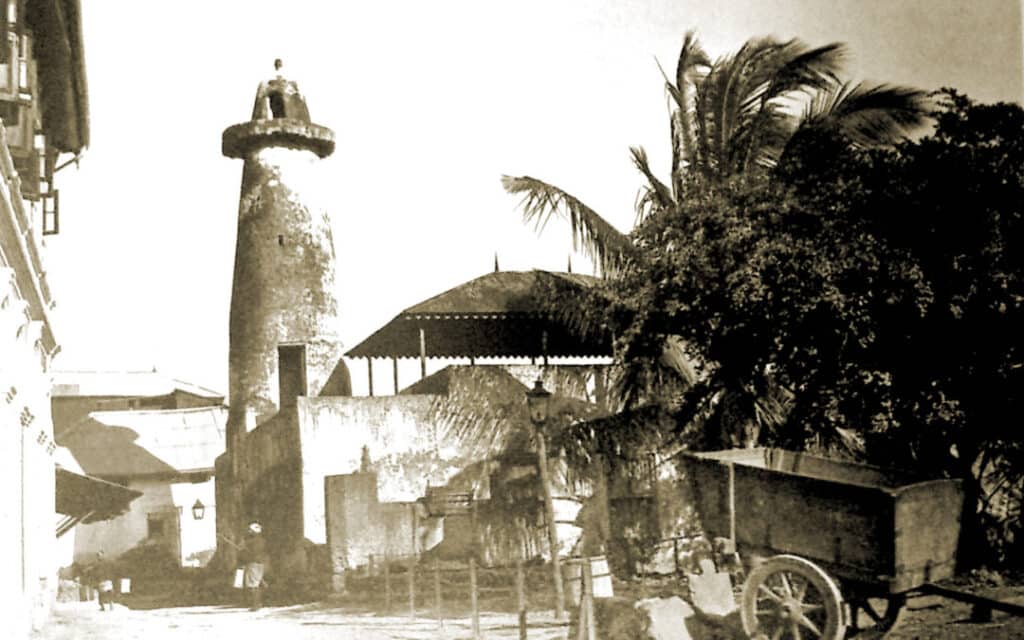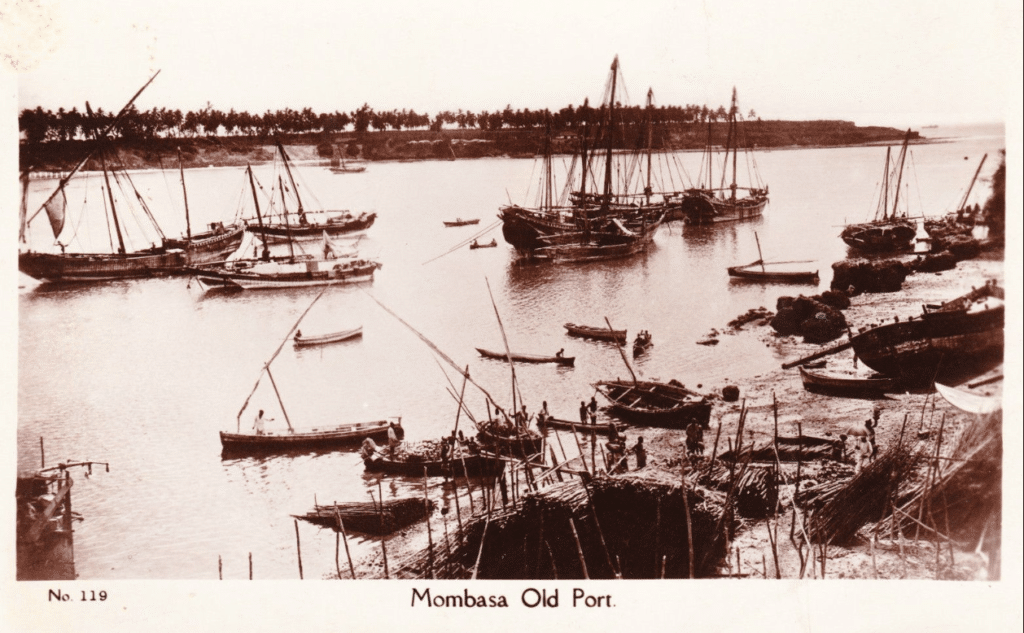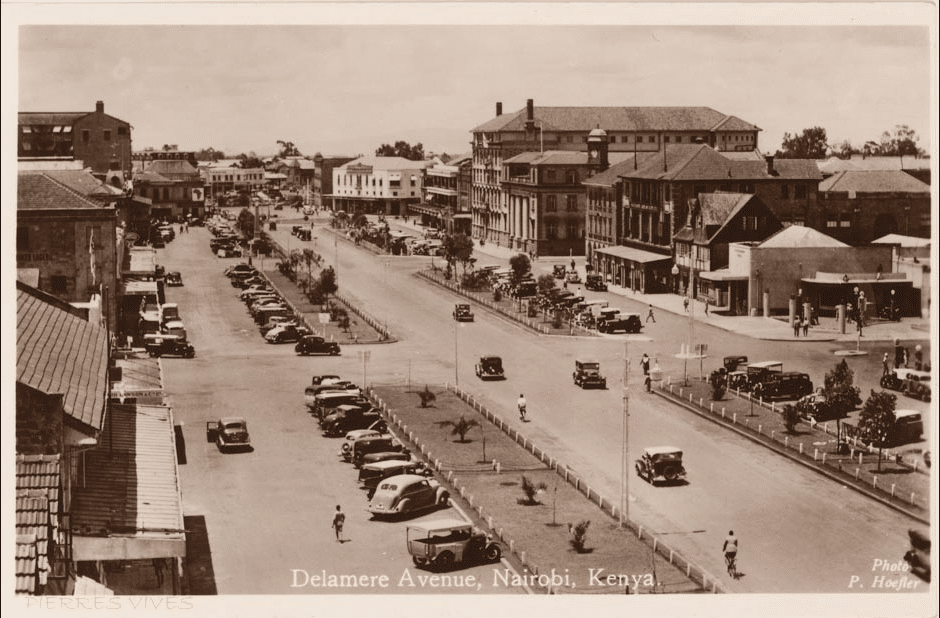Mombasa is a coastal city in southeastern Kenya along the Indian Ocean. It has a long and rich history as a trading center and a cultural hub. It was also the first capital of British East Africa, a protectorate that covered most of present-day Kenya and parts of Uganda, Tanzania and Somalia. But how did Mombasa become the capital and why did it lose its status to Nairobi, a relatively new city in the interior?
Before Mombasa became well established as an important port for trade across the Indian Ocean, the general area had long been the site of settlements inhabited by Bantu-speaking peoples who engaged in farming, fishing, and local trading.”2
Mombasa’s pre-colonial history
Mombasa’s origins are shrouded in legend and mystery. According to some sources, the city was founded by two rulers: Mwana Mkisi, a queen from the pre-Islamic era who established Kongowea, the original urban settlement on Mombasa Island; and Shehe Mvita, a local chief who converted to Islam and expanded the city’s influence in the 12th century.
Mombasa’s location on the Indian Ocean made it a strategic and lucrative port for trade with Arabia, India, China and Europe. The city was visited by famous explorers such as Ibn Battuta, Vasco da Gama and Zheng He. It also became a center of Swahili culture, language and architecture, blending African, Arab, Persian and Indian influences.

Mombasa faced many invasions and occupations by foreign powers, such as the Portuguese, the Omani Arabs, the Zanzibari sultans and the British. The city resisted colonial domination and maintained its autonomy for centuries. It was also involved in the East African slave trade, which supplied enslaved Africans to plantations in Zanzibar, Oman and other regions.
Mombasa’s colonial history
In 1887, Mombasa became part of the British sphere of influence in East Africa after the Sultan of Zanzibar leased it to the Imperial British East Africa Company (IBEAC), a private enterprise that sought to exploit the region’s resources and markets. The IBEAC established its headquarters in Mombasa and began building a railway line from the coast to Lake Victoria, hoping to connect with Uganda and secure British interests there.

However, the IBEAC faced many challenges, such as financial losses, hostile tribes, disease outbreaks and competition from other colonial powers. In 1895, the British government took over the administration of East Africa from the IBEAC and declared it a protectorate under the Foreign Office. Mombasa remained the capital of the new entity, which was renamed British East Africa in 1897.
Mombasa continued to be an important port and commercial center for British East Africa. It also became a destination for European settlers, missionaries, traders and adventurers who sought opportunities and fortunes in the hinterland. The city developed new infrastructure, such as roads, bridges, schools, hospitals and hotels. It also witnessed social changes, such as racial segregation, urbanization and cultural diversity.
Why Nairobi replaced Mombasa as capital
Nairobi was founded in 1899 as a railway camp for the Uganda Railway project. It was located at a high altitude near a water source and had a favorable climate for Europeans. As the railway progressed inland, Nairobi grew rapidly as a supply depot, a transit point and a market for agricultural products from the surrounding areas.

By 1905, Nairobi had become a bustling commercial center with a population of about 12,000 people. It also attracted administrative functions from Mombasa, such as the headquarters of the railway company, the protectorate government and the military. The colonial authorities decided to make Nairobi the new capital of British East Africa, citing its strategic location, its economic potential and its suitability for European settlement.
Mombasa lost its status as capital but retained its role as a major port and trade hub for East Africa. It also remained a cultural center for Swahili people and other communities. However, it faced challenges such as overcrowding, poverty, sanitation problems and political unrest.
Mombasa’s history is one of resilience, diversity and dynamism. It was the first capital of British East Africa because of its long-standing position as a trading center and a gateway to the interior. It lost its status to Nairobi because of the railway development that shifted the economic and political balance in favor of the new city. However, Mombasa still remains an important city in Kenya’s history and identity.




